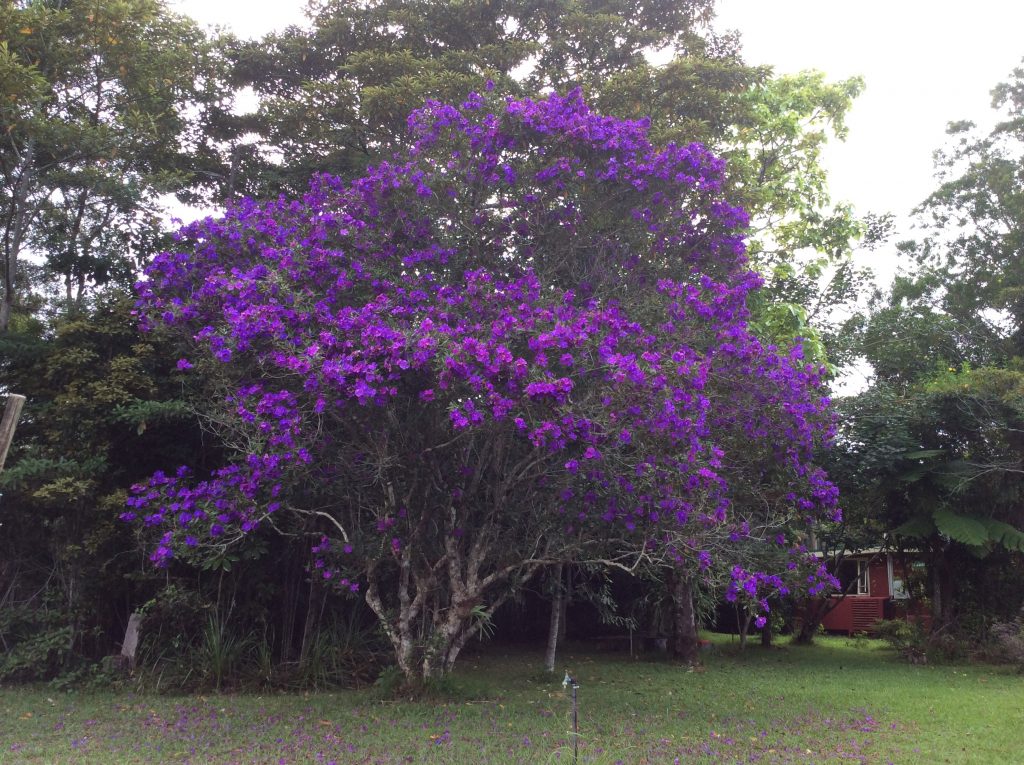by Linda Venn
Click here for a list of key characters in this story
Continuing evidence for the defence, Tuesday 5th January 1932
After lunch, Roberts called Edward/ Edwin Gill to the stand. Gill “gave evidence as to the defendant’s movements on the day of the hold-up, saying that he had seen him at breakfast, later at 10:15 a.m. when the defendant returned to the camp, and again at 10:30, when he gave him a message for Tear.” (Telegraph, Brisbane, Wednesday 6th January 1932, p. 9.)
Again, the local press gives us the most detailed report. Gill stated that
“on December 9 last he resided at Ollera Gorge, carrying on farming with William Searle. Since then they had dissolved partnership. His house was 100 yards from Edmonds’ hut. On December 9 he saw Edmonds early in the morning, about 7 o’clock. He was in company with tear, but he did not see him with Searle. Later on, he saw defendant riding back to his hut, and also saw him leave again in about a quarter of an hour’s time. Defendant left a message with witness to tell Tear not to leave till defendant arrived back. Witness (Gill) asked defendant the time and defendant told him 10:30 a.m. Witness returned to his camp 10 minutes later, where he noticed the time was 10:45 a.m.” (Townsville Daily Bulletin, Wednesday 6th January 1932, p.7.)
(Author’s note: Remember that Gooch had informed Edmonds that the hold-up took place at 10:45 a.m.)
Gill was then cross-examined by Sub-Inspector Blackmore. As only Gill’s responses are reported, we can only guess what the questions were.
“He (Gill) had only known defendant (Edmonds) about two months. At 8 o’clock that morning witness (Gill) was out horse-hunting. Tear and defendant were the only men residing at the latter’s hut. That morning Searle visited a farmer’s place near Ollera Creek, where they make concrete pipes, and returned later on, about 11:30, although he was not certain of the hour. (Townsville Daily Bulletin, Wednesday 6th January 1932, p.7.)
(Author’s note: The concrete pipes made on Ollera Creek now form the culverts under Mt. Spec Road. Initially, there was some concern about the quality of the concrete achieved, samples of which were sent south each week by rail for slump testing. This might explain why some pipes have failed after 80 years.)
Gill continued, answering question apparently designed to establish the times of Edmonds movements on the day of the hold-up: Gill “was working on the front gate from about 9 a.m. till 10:45 a.m., when he went to his house to knead some bread which he had set the previous night, and in 12 hours the bread had not risen. As far as witness knew Tear was employed by the defendant. Tear returned on horseback, but he (Gill) did not know the time. It would be untrue if Tear said witness told him Edmonds had just left. Defendant did not tell witness to tell Tear it was 10:30 when defendant left. He did not know what defendant wanted Tear for.”
Blackmore must have asked Gill for his opinion on Edmonds’ sweating horse: “On December 9, Tear and defendant mustered cattle in the afternoon. The condition of defendant’s horse was nothing unusual when it came home, because it was a hot horse.”
Gill was also asked for the time it would have taken a rider to travel from the hold-up, the location of which Gill was not certain of, to Tealby’s the long way round, via the property boundary: “Defendant would not have been able to go right round the boundary in the morning….It would take approximately an hour to ride from the scene of the hold-up to defendant’s hut and from there to Tealby’s. It would be shorter to go direct from the scene of the ambush to Tealby’s”. Blackmore seems to have been trying to discount Edmonds’ alibi of coming to Tealby’s from the direction of his hut, not from the direction of the hold-up. (Townsville Daily Bulletin, Wednesday 6th January 1932, p.7.)
Roberts was granted an adjournment to Friday 8th January, to allow other witnesses to appear. Edmonds’ bail was further extended. (Telegraph, Brisbane, Wednesday 6th January 1932, p. 9.)


